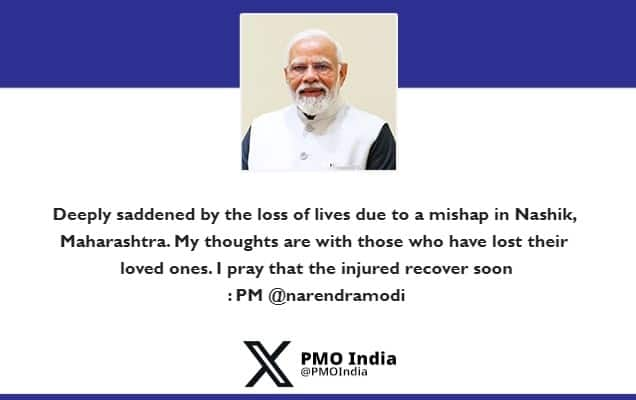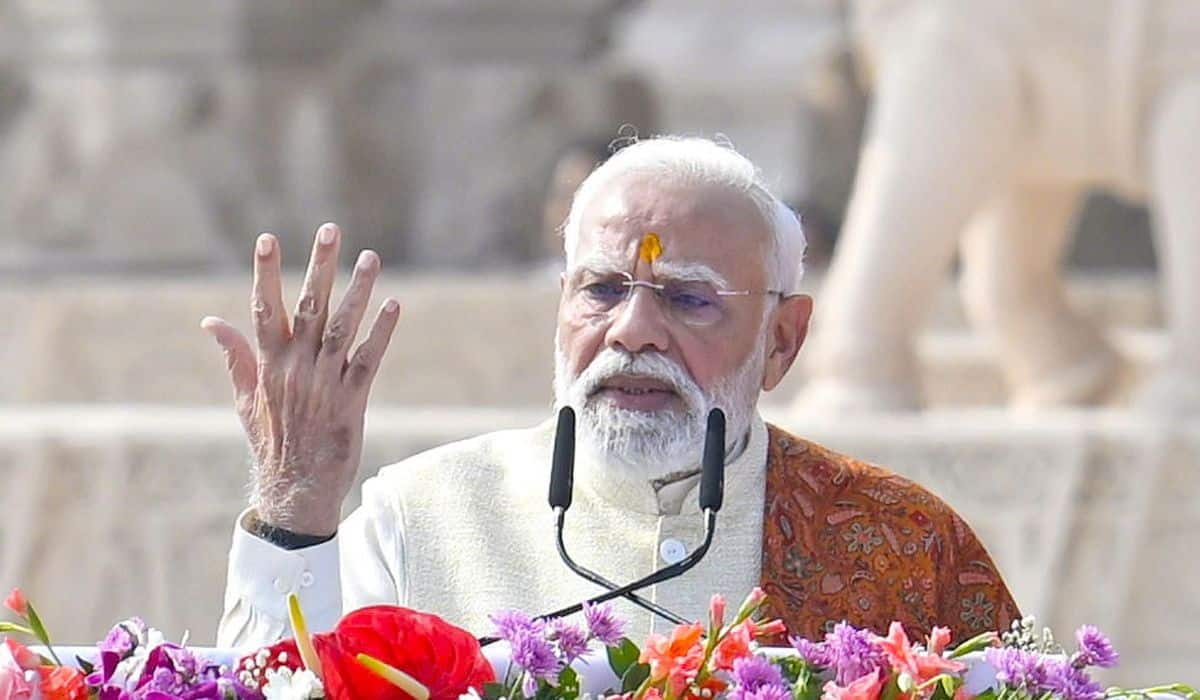പ്രധാനമന്ത്രി ശ്രീ നരേന്ദ്ര മോദിയും ലക്സംബര്ഗ് പ്രധാനമന്ത്രി ശ്രീ സേവ്യര് ബെറ്റെലും പങ്കെടുക്കുന്ന വെര്ച്വല് ഉച്ചകോടി 2020 നവംബര് 19 ന് നടക്കും.
കഴിഞ്ഞ രണ്ട് ദശകങ്ങളില് ഇന്ത്യയും ലക്സംബര്ഗും മാത്രം പങ്കെടുക്കുന്ന ആദ്യ ഉച്ചകോടിയാണിത്. കോവിഡിന് ശേഷമുള്ള ലോകത്ത് ഇന്ത്യ-ലക്സംബര്ഗ് സഹകരണം ശക്തിപ്പെടുത്തുന്നത് ഉള്പ്പെടെ ഉഭയകക്ഷി ബന്ധത്തിന്റെ മുഴുവന് വിശദാംശങ്ങളും നേതാക്കള് ചര്ച്ച ചെയ്യും. പരസ്പര താല്പ്പര്യമുള്ള അന്താരാഷ്ട്ര, ആഗോള പ്രശ്നങ്ങളെക്കുറിച്ചുള്ള അഭിപ്രായങ്ങളും അവര് കൈമാറും.
ഇന്ത്യയും ലക്സംബര്ഗും തമ്മില് സമീപകാലത്ത് നിലനിര്ത്തുന്നത് ഉയര്ന്ന നിലവാരത്തിലുള്ള പരസ്പര ബന്ധവും കൈമാറ്റങ്ങളുമാണ്. രണ്ട് പ്രധാനമന്ത്രിമാരും മുമ്പ് മൂന്ന് തവണ പരസ്പരം സന്ദര്ശിച്ചിട്ടുണ്ട്.













